I am new to iOS development, with a couple of years of Android experience. I started directly with XCode 5 and the Storyboard paradigm. I like the visual approach to sketching out the flow of an app, but IMHO, it does not really force component reuse, or maybe I do not know how to do it.
I have an actual problem, which is the following: Instead of the typical master-detail approach, I have a situation, in which clicking on a TableView cell forces a push to another TableView, which looks the same and behaves the same way. There are two specific types of a TableViewCell that I want to reuse across the whole application, so I can't just duplicate the first TableViewController several times. I need changes in one type of TableViewCell to be affected everywhere, same for the look and behaviour of the Tableview. Sort of like reusing a component, you get the picture I hope.
I tried creating a custom TableView and TableViewCell in a separate xib file, connecting it to a custom controller class. Yet, when I want to reuse that controller class in the storyboard, I can't make a segue from the cell to the next one, because only view controllers are displayed, but no views inside.
Maybe, I am doing it all wrong. Perhaps, I should make a single controller, and force it to seque to itself if possible, no idea.
What would you do?




